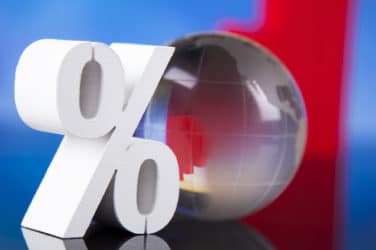
Intercontinental Exchange, a leading operator of global exchanges and clearing houses and provider of mortgage technology, data and listings services, today reported record open interest across its environmental complex as participants price climate risk.
The environmental complex – which includes futures and options connected to ICE’s European (EUA) and California Carbon allowances (CCA), Regional Greenhouse Gas Initiative (RGGI) and renewable energy credits (RECs) – hit record open interest of approximately 2.65 million contracts on November 12, 2020.
Alongside this record growth in liquidity, the number of participants trading ICE’s carbon markets has grown by more than 40% since 2017. Participants based in North America were the strongest contributor to this growth, increasing by more than 70% since 2017. Meanwhile, the number of participants trading both European and North American carbon markets at ICE has grown by approximately 85% since 2017.
“Liberalized markets are critical to the energy transition as they enable competition between energy sources and in doing so help change behavior by attributing a cost to pollution,” said Gordon Bennett, Managing Director of Utility Markets at ICE. “This record activity, coupled with the growth in the number of participants trading these markets, reflects the fundamental role market-based mechanisms like carbon cap and trade schemes play in pricing climate risk.”
Companies subject to carbon cap and trade programs and renewable standards use ICE’s markets to meet obligations and manage their risk in the most cost-effective way and policy makers rely on price signals from environmental markets, such as those traded on ICE, to gauge the effectiveness of their programs and ensure desired outcomes.
As a growing number of companies sign up for voluntary commitments around the world, increasingly diverse stakeholders are turning to ICE’s markets to offset their carbon footprint, invest in green attributes or benchmark their internal cost of carbon. Investors use the price signals from ICE’s markets and indices to help assess climate transition risk in their portfolios, and access liquidity pools for managing risk and allocating capital to benefit from energy transition opportunities.
ICE has been a leader in environmental markets for nearly two decades. ICE has a range of additional solutions including Sustainability Indices that serve as fixed income sustainable benchmarks that account for Environmental, Social and Governance (ESG) factors. These include the ICE Global Carbon Futures Index, which is part of the ICE Carbon Index Family, and measures the performance of a long-only basket of ICE EUA futures contracts, ICE California Carbon Allowance futures contracts, and ICE Regional Greenhouse Gas Initiative futures contracts. Alongside this, the MSCI ESG Index Futures listed on ICE Futures US offer customers a variety of ESG-related futures for benchmarking and managing risk.
Source: ICE





